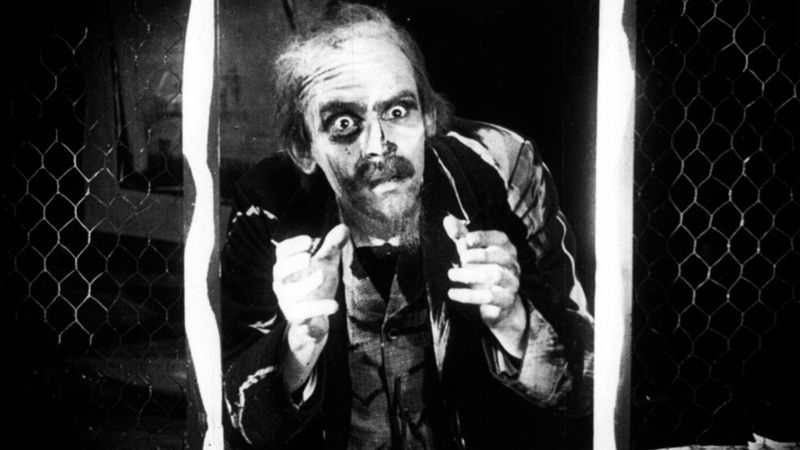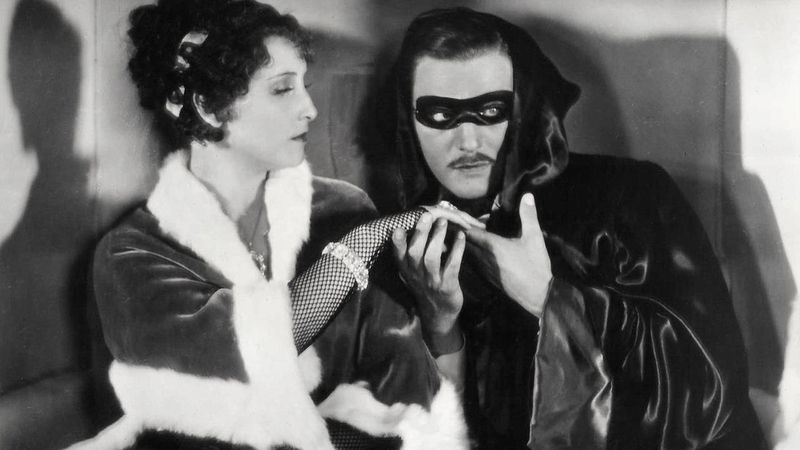
'The Student of Prague' (1913) Review
 Balduin (Paul Wegener, also director), is a university student, known for his nifty fencing skills. Finding himself in the midst of a drama when the daughter of a wealthy family - Countess Margit von Schwarzenberg (Grete Berger) - gets into difficulties on a runaway horse, he becomes a hero by rescuing the lady in need and subsequently falls for her. He ponders his poverty and wonders how to better himself financially, so as to impress her. Enter Scapinelli (John Gottowt), a curious old gentleman - not unlike a leprechaun in appearance - who succeeds in luring Balduin to accept his offer of unending love and money, at a shocking price ...
Balduin (Paul Wegener, also director), is a university student, known for his nifty fencing skills. Finding himself in the midst of a drama when the daughter of a wealthy family - Countess Margit von Schwarzenberg (Grete Berger) - gets into difficulties on a runaway horse, he becomes a hero by rescuing the lady in need and subsequently falls for her. He ponders his poverty and wonders how to better himself financially, so as to impress her. Enter Scapinelli (John Gottowt), a curious old gentleman - not unlike a leprechaun in appearance - who succeeds in luring Balduin to accept his offer of unending love and money, at a shocking price ...
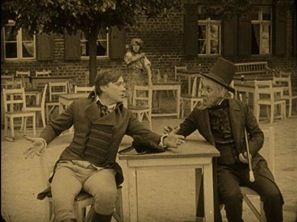
First Horror
This is widely considered to be the first horror movie; by today’s standards, however, it barely raises a goosebump. A story with its roots in deal-making with the Devil has been played out in many a movie since, but ‘A Student of Prague’ was arguably the first. Based on the character of Faust in German folklore, it would have been a familiar story for an audience of 1913 and no doubt, seeing it presented on the screen would have added a new dimension to an old tale.
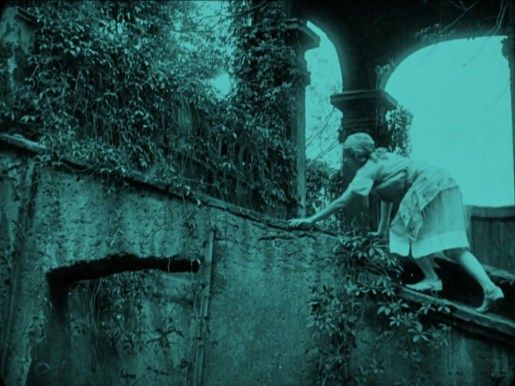
Title Boards and an Intermission
Wegener made his directorial debut with silent movies, but the foundations of his career lay in the theatre as an actor. This is reflected in the presentation of the movie, which is rather like watching a filmed stage play, with its static camera, division into Acts I-IV and even an intermission with a musical interlude. In the absence of sound (apart from music specially composed for the film), title boards give us the bare bones of dialogue. Time may have stolen some of the title boards, however and some of the English translations may be considerably sparser than the original German. The effect is long periods of silent action where one can only guess at the words spoken, because strangely, the actors spend a considerable amount of time in conversation with little action to suggest the latest in plot development.
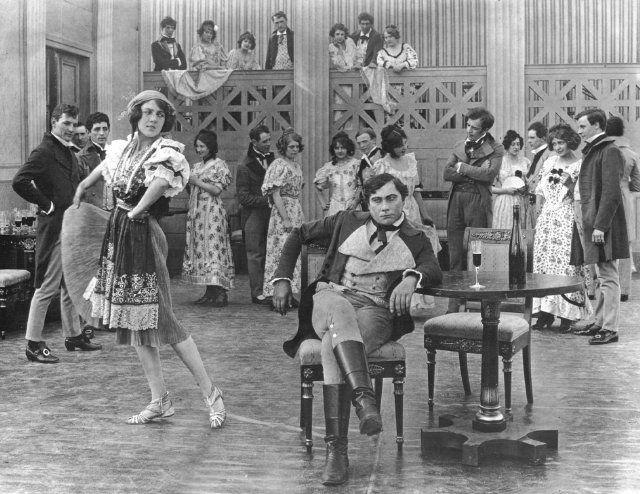
A Sense of Melodrama
The quality of the film means that the exaggerated expressions of the actors are hard to decipher, but grand gestures and moves are typical of the time and add a sense of melodrama to the piece, particularly from our leading lady. Berger displays neediness and weakness, typical of the appeal of female protagonists of the time. How things change!
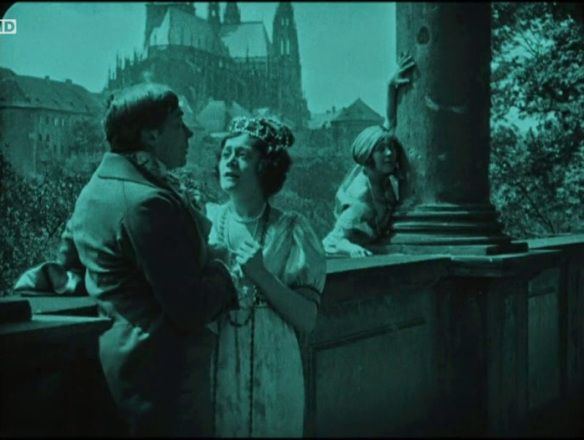
Blueprint for Modern Cinema
But these are not meant as criticisms; moreover, I am in awe of these early attempts at filmmaking and just under 130 years ago, with still photography still in its wondrous infancy, audiences would have felt witness to the cutting edge of moving pictures. Watching this movie is not unlike a stroll through a museum, where you can use exhibits for their intended purpose, rather than gaze at them through glass and appreciate their value as forerunners to today’s sophisticated technology which is just a metaphorical fingersnap away.
Thank you Paul Wegener and your contemporaries for your ambition and the blueprint for our modern-day, glittering, cinematic experiences.
